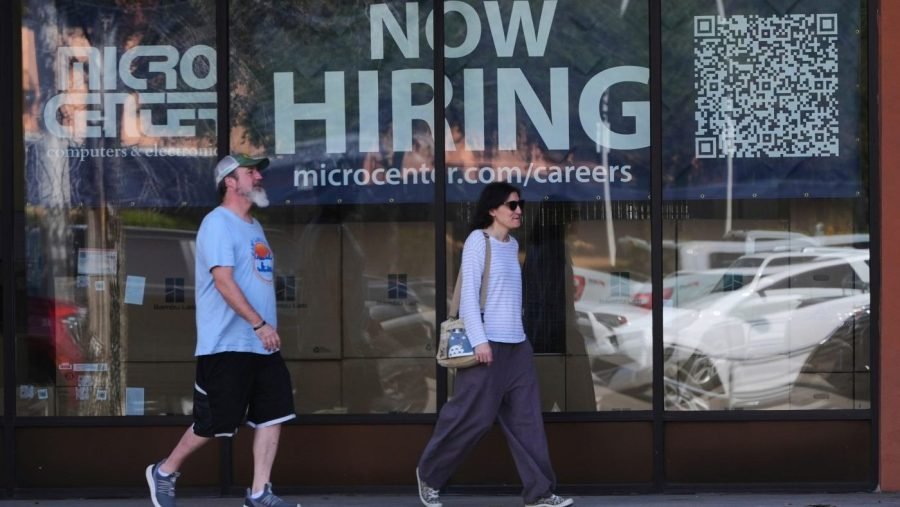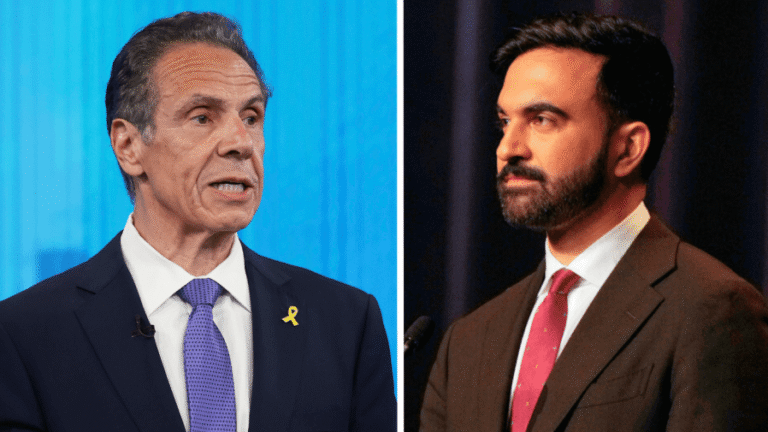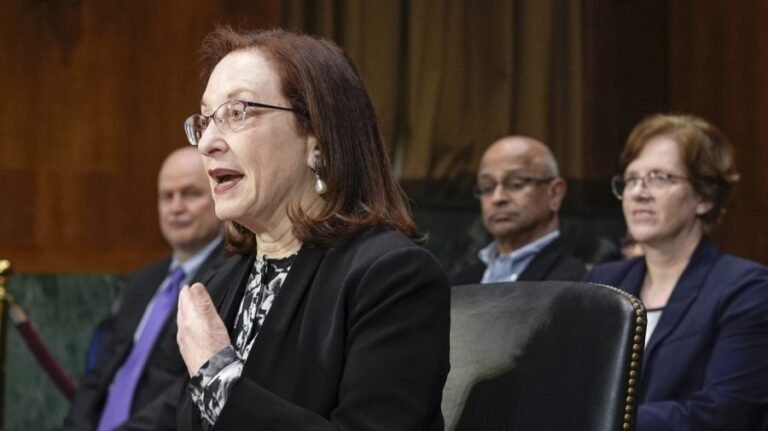
The U.S. economy added 22,000 jobs and the unemployment rate rose to 4.3 percent in August, according to the first federal jobs report released since President Trump fired the head of the Bureau of Labor Statistics (BLS).
Economists expected the U.S. to gain 75,000 jobs last month with the unemployment rate rising slightly to 4.3 percent, up from 4.2 percent in July, according to consensus projections.
The August jobs report comes as Trump seeks a major change atop the BLS, a non-political statistical agency thrust into a partisan battle.
Trump fired former BLS Director Erika McEntarfer, a veteran of both Republican and Democratic administrations, last month after the dismal July jobs report. Not only did the report show the U.S. adding just 72,000 jobs in July, but included large downward revisions to previous reports.
The net result showed the U.S. adding just 106,000 jobs between May and July — just a third of what economists considered the bare minimum number of jobs to keep unemployment stable.
The president accused McEntarfer and the BLS of fabricating jobs numbers to make Democrats look better, particularly before the 2024 election. Trump provided no evidence to support his claim, and the BLS, in fact, issued major downward revisions to previous jobs reports just months before Trump toppled former Vice President Harris in the 2024 election.
Economists and BLS veterans across the political spectrum condemned Trump’s move, defending the integrity of the agency of statisticians in charge of the data. Several noted that it would be effectively impossible to manipulate the jobs report, given the sheer amount of data that must align to produce the results.
Trump continued to cast doubt on BLS data on Thursday, saying that “real” jobs numbers will come next year.
“They come out tomorrow, but the real numbers that I’m talking about are going to be whatever it is, but will be in a year from now on,” Trump said at a dinner with tech sector executives.
The downward revisions in July were due to late reporting of public education sector jobs, which are highly seasonal, the BLS told The Hill. The agency has faced declining response rates to its surveys since the economic disruption caused by the pandemic, something that has affected statistical agencies in other countries, as well.
Several private-sector gauges of the labor market have also showed a slowdown in recent months, with fewer companies hiring and workers holding onto their jobs at record rates.
Layoffs surged nearly 40 percent last month, with employers eliminating 85,979 positions — the largest August hit since the height of the COVID-19 pandemic in 2020, according to research released from Challenger, Gray & Christmas released Thursday.
Private employers added just 54,000 jobs in August, indicating a slowdown in the hiring market, according to ADP data released Thursday morning.
Job openings also fell in July to 7.18 million, marking the first time job seekers have outnumbered open positions since 2021.
Investors pointed to policy uncertainties stemming from Trump’s trade war, which businesses have been fretting about for months, as weighing on hiring conditions in August.
“The labor market continues to show fatigue as businesses hold back on hiring amid uncertainty around the direction of inflation, tariffs and the strength of the underlying economy,” Joe Gaffoglio, President and CEO at Mutual of America Capital Management, wrote in a commentary.


